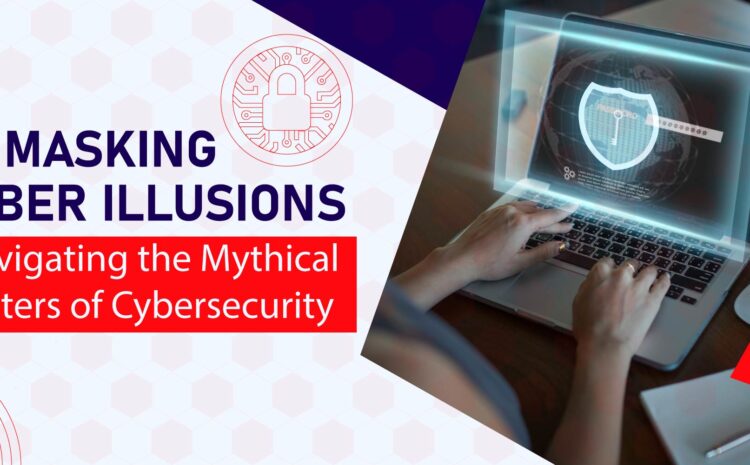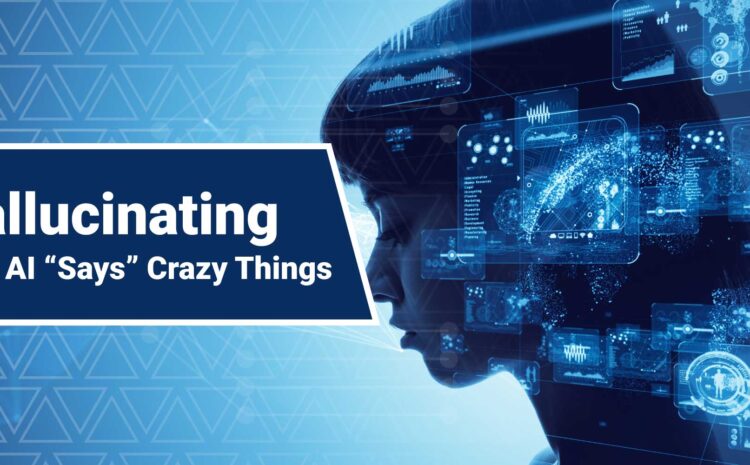As artificial intelligence (AI) tools, including ChatGPT, become integral parts of our digital landscape, the need for robust cybersecurity measures is more critical than ever. The intersection of AI and cybersecurity introduces a complex terrain where the vulnerabilities of one can impact the integrity and security of the other. Let’s delve into how cybersecurity threats can affect AI tools like ChatGPT and explore strategies to safeguard against potential risks.
1. Adversarial Attacks on AI Models:
Adversarial attacks involve manipulating input data to mislead AI models. In the context of ChatGPT, attackers may attempt to input subtly altered text to provoke unintended responses. This could have consequences ranging from misinformation dissemination to malicious exploitation of the model’s behavior.
Mitigation Strategy: Regularly updating and fine-tuning models, implementing robust input validation, and employing adversarial training techniques can enhance the resilience of AI tools against adversarial attacks.
2. Data Poisoning:
AI models, including ChatGPT, heavily rely on training data. If this data is manipulated with malicious intent, it could introduce biases, and errors, or promote undesirable behaviors in the AI tool. Data poisoning attacks aim to compromise the learning process and influence the model’s output.
Mitigation Strategy: Implementing strict data hygiene practices, thorough data validation, and regularly auditing training datasets can help detect and mitigate the impact of data poisoning attacks.
3. Model Inversion Attacks:
In a model inversion attack, adversaries attempt to reverse-engineer the AI model to extract sensitive information. For ChatGPT, this could mean uncovering confidential data from the training set or revealing proprietary information encoded in the model.
Mitigation Strategy: Employing encryption techniques, limiting access to model parameters, and implementing strict access controls can help protect against model inversion attacks.
4. Transfer Learning Exploitation:
Many AI models, including ChatGPT, leverage transfer learning, where knowledge gained from one task is applied to another. Cyber attackers might exploit this transfer learning by tricking the model into revealing information it learned from a different context.
Mitigation Strategy: Implementing contextual awareness checks and carefully monitoring model behavior during deployment can mitigate the risks associated with transfer learning exploitation.
5. Malicious Use of AI Tools:
The same AI tools developed for positive applications can be misused for malicious purposes. ChatGPT, for instance, could be manipulated to generate harmful content, or misinformation, or to mimic human behavior for social engineering attacks.
Mitigation Strategy: Implementing content moderation, ethical guidelines, and continuous monitoring for unusual patterns of usage can help mitigate the risks associated with the malicious use of AI tools.
6. Ensuring Robust Infrastructure:
Cybersecurity threats can extend beyond the AI model itself to the infrastructure supporting it. Inadequate security measures in the deployment environment can expose AI tools to risks such as unauthorized access, data breaches, or denial-of-service attacks.
Mitigation Strategy: Implementing strong access controls, encrypting sensitive data, regularly updating software and security protocols, and conducting thorough security assessments of the entire infrastructure can fortify AI tools against infrastructure-related threats.
In conclusion, the coevolution of AI tools and cybersecurity measures is essential for ensuring a secure and trustworthy digital future. By understanding and proactively addressing the potential threats and vulnerabilities, developers, organizations, and AI practitioners can pave the way for the responsible and secure deployment of AI tools like ChatGPT. Cybersecurity is not just a technical necessity; it’s a fundamental prerequisite for the ethical and effective integration of AI into our daily lives.




